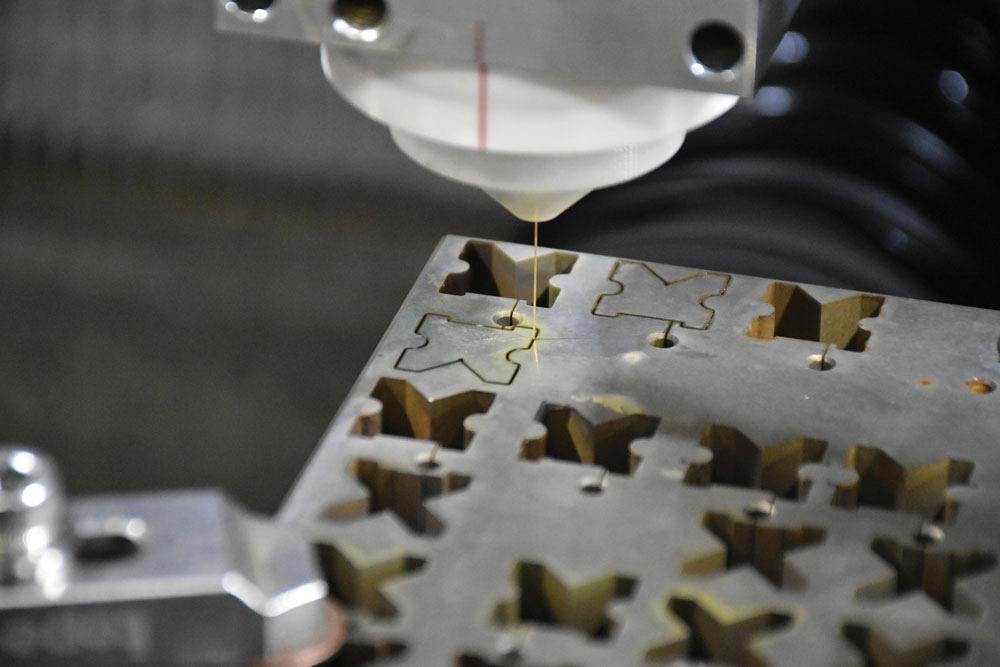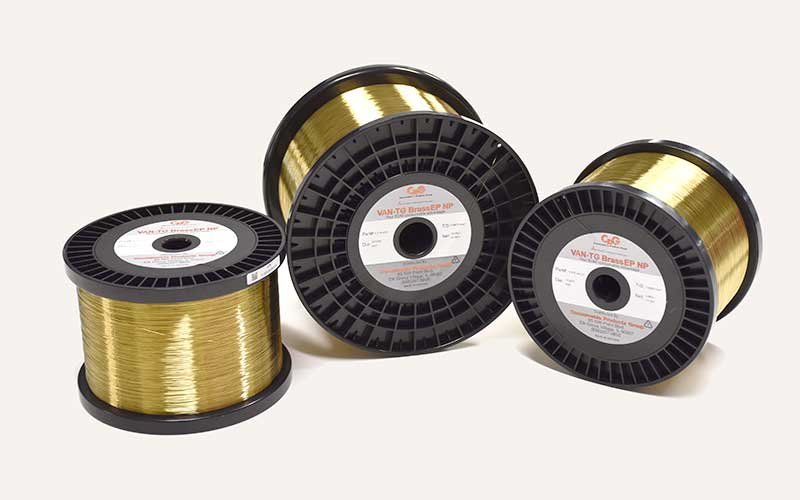what is Surface Grinding?
Understanding Surface Grinding
Surface grinding is a widely used abrasive machining process in which a spinning wheel covered in rough particles (grinding wheel) cuts chips of metallic or nonmetallic substance from a workpiece, making its face flat or smooth. This process is known for its ability to produce a high-quality finish and exact dimensions on flat surfaces, making it a crucial operation in precision work.
The Surface Grinding Machine
- Components: A typical surface grinding machine comprises a wheel, which spins at a desired speed, a workbench for placing the workpiece, and a guideway that brings the workpiece to the wheel. The wheel is made from abrasive particles that perform the cutting action.
- Workpiece Holding: The workpiece is usually held in place by a magnetic chuck or may be fixed in a vice. In certain cases, particularly for non-magnetic materials, vacuum chucks or other fixture methods like clamping might be used.
- Control and Precision: Modern surface grinders are semi-automated or automated, with CNC controls that can precisely adjust the path of the grinding wheel, allowing for highly accurate and repeatable results.
Process Mechanics
- Material Removal: The grinding wheel removes material from the workpiece surface, producing a flat surface with a high-quality finish. The depth of cut is typically very small, measured in micrometers.
- Coolants: Coolants are often used in surface grinding to cool and lubricate the wheel and workpiece, as well as to assist in removing the material particles.
- Tolerances: The process can achieve surface flatness tolerances as tight as 5.1 micrometers and parallelism tolerances up to 7.6 micrometers, depending on the machine, wheel, and material properties.
Applications and Materials
- Preferred Materials: Surface grinding is most commonly applied to metallic materials such as cast iron and steel, which are magnetic and less prone to melting or sticking to the grinding wheel.
- Challenges with Certain Materials: Materials like aluminum, stainless steel, brass, and plastics tend to clog the grinding wheel by sticking to it. However, specialized techniques and wheels can be employed to grind these materials effectively.
- Industrial Applications: This process is integral in the manufacturing of tools, dies, molds, machine parts, flat and smooth surfaces in mechanical equipment, and finishing operations for precision components.
Challenges and Solutions in Surface Grinding
- Wheel Clogging: For materials that clog the wheel, dressing the wheel frequently or using specific types of abrasives can mitigate the issue.
- Heat Generation: Excessive heat can lead to thermal damage to both the workpiece and the grinding wheel. Proper selection of coolants and grinding parameters is essential.
- Surface Integrity: Maintaining the integrity of the surface is crucial, as surface grinding can sometimes introduce stresses into the material, affecting its strength and durability.
Technological Advancements
- CNC Surface Grinding: Computer Numerical Control (CNC) has significantly enhanced the precision and efficiency of surface grinding. CNC grinders can produce consistent results with minimal human intervention.
- Diamond Grinding Wheels: The use of diamond grinding wheels has extended the range of materials that can be effectively ground, including hard materials like ceramics and carbides.
- Environmental Impact: Advances in coolants and lubricants have reduced the environmental impact of surface grinding, making it safer and more sustainable.
Conclusion
Surface grinding remains a vital technique in the manufacturing sector due to its ability to produce high-precision, flat, and smooth surfaces. With ongoing advancements in grinding technology and CNC systems, the process continues to evolve, offering more precision and efficiency in material removal and surface finishing.
Latest Articles in your inbox
Subscribe to our newsletter to get the newest manufacturing and industrial services articles in your inbox once a week.










